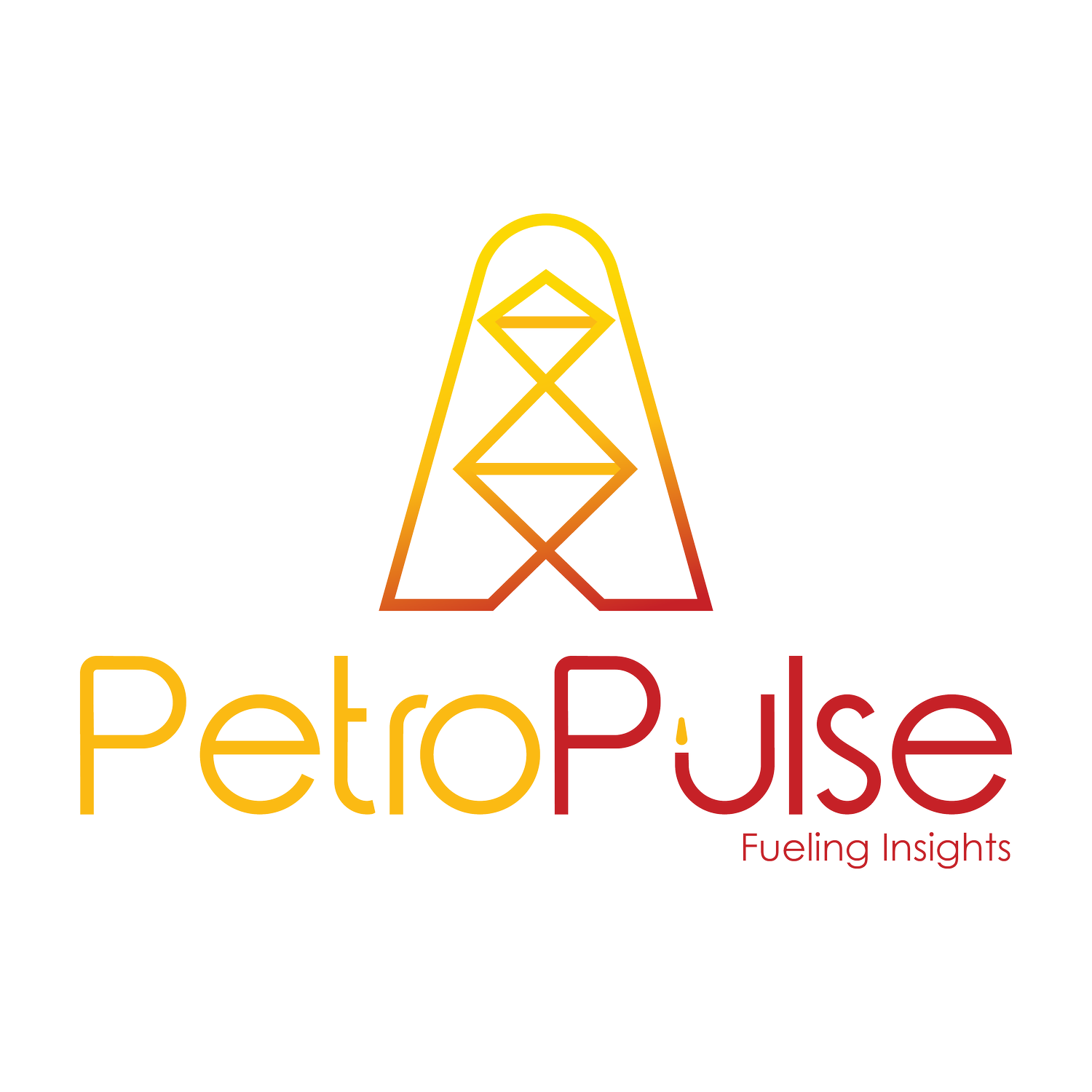From Policy to Power
Ghana has delivered single-digit inflation and a 20% stronger cedi in 12 months. This is not a projection or promise—it is real-world proof that reform works. GDP is projected at 4.8% in 2026, slightly above the Sub-Saharan Africa average of 4.4%, adding roughly US$4 billion in output, about the size of Rwanda’s entire power budget.
Electricity reforms are now tangible. Quarterly tariff reviews are institutionalised, cash waterfall payments have increased, and most legacy power purchase agreements have been renegotiated. Arrears are shrinking, and confidence in contracts and cash flow is returning.
Petroleum receipts fell sharply in the first half of 2025, down an estimated 56%, roughly US$471 million—about one-third of this year’s planned energy-sector arrears clearance. Jubilee, TEN, and Sankofa-Gye Nyame fields faced lower liftings and softer global oil prices. Even as macro fundamentals improve, commodity swings remind us that energy reform is a marathon, not a sprint.
Across Africa, electrification is advancing quietly but steadily. The World Bank’s US$30 billion Mission 300 programme funds mini grids, utilities, and national energy compacts. Nigeria is investing US$2 billion to rebuild transmission and restore industrial power. Ethiopia has connected 8 million people and 19,000 schools and clinics. Tanzania and Senegal are linking rural businesses and households. Accra, Lagos, and Nairobi can now watch these numbers move beyond policy papers into communities.
Solar and renewable potential is Africa’s sleeping giant. The PV market is projected at US$27 billion through 2030, with capacity expected to triple to 165 GW, including 40 GW from solar. Most panels are imported. South Africa’s SAREM initiative to localise equipment offers a model. Without domestic manufacturing, Africa risks exporting sunlight along with jobs and value.
Globally, renewables overtook coal in H1 2025. Renewable generation, including hydro, reached 5,072 TWh versus coal’s 4,895 TWh, with solar alone supplying 83% of the 369 TWh demand growth. Clean-energy investment hit a record US$386 billion, up 14% year-on-year, with Africa’s share rising to US$21 billion from 14 GW of new solar, wind, and storage pipelines. Small modular reactors are emerging as a potential solution for Africa’s baseload gap, while US nuclear restarts and up-rates will add 7% (6.5 GW) of capacity by 2026-27, reinforcing the global low-carbon trend.
Corporate leadership is accelerating the shift. Asda-Lloyds expanded sustainability-linked supply-chain finance to 650 suppliers covering 2 TWh of renewable procurement. Ford and GM navigated US EV credit rules to support 180,000 new EVs and 2.3 TWh of battery demand, signaling rising global storage costs relevant for Ghanaian projects.
For Ghana, these global shifts create real opportunity. Solar PPAs reported by developers are around 4.3 ¢/kWh, roughly 30% below the 2023 median, and the 21.5% policy rate opens a US$1.1 billion bankable envelope for 600 MW of World-Bank-backed PV. Deals could close before December if import duties on panels are zero-rated for 90 days, a proposal still under consideration. Transparent tariffs and cheaper credit make these projects investable.
Fiscal discipline, clear rules, and restructured IPPs have restored credibility. The IMF called these reforms notable strides. Power is becoming a productivity story rather than a crisis. If Accra signs the three outstanding PPAs before the IEA Africa Energy Efficiency Policy Week, Ghana adds 1 GW of renewables, 12,000 jobs, and 0.8% to 2026 GDP.
Accra will co-host the IEA Energy Efficiency Policy Week later this month, showing reform momentum can attract capital, not just applause. The week also coincided with World Hydrogen Week in Copenhagen, where Ghana and South Africa showcased 2 GW of export-oriented green hydrogen projects, positioning the country for the next wave of clean-energy trade.

